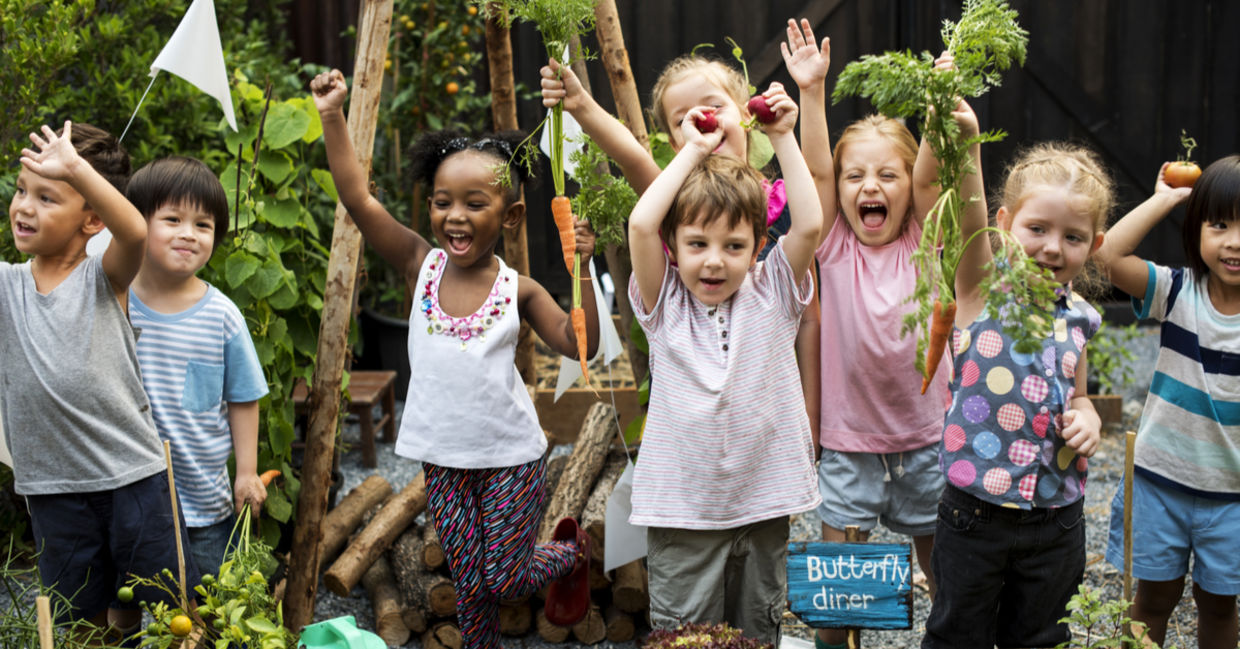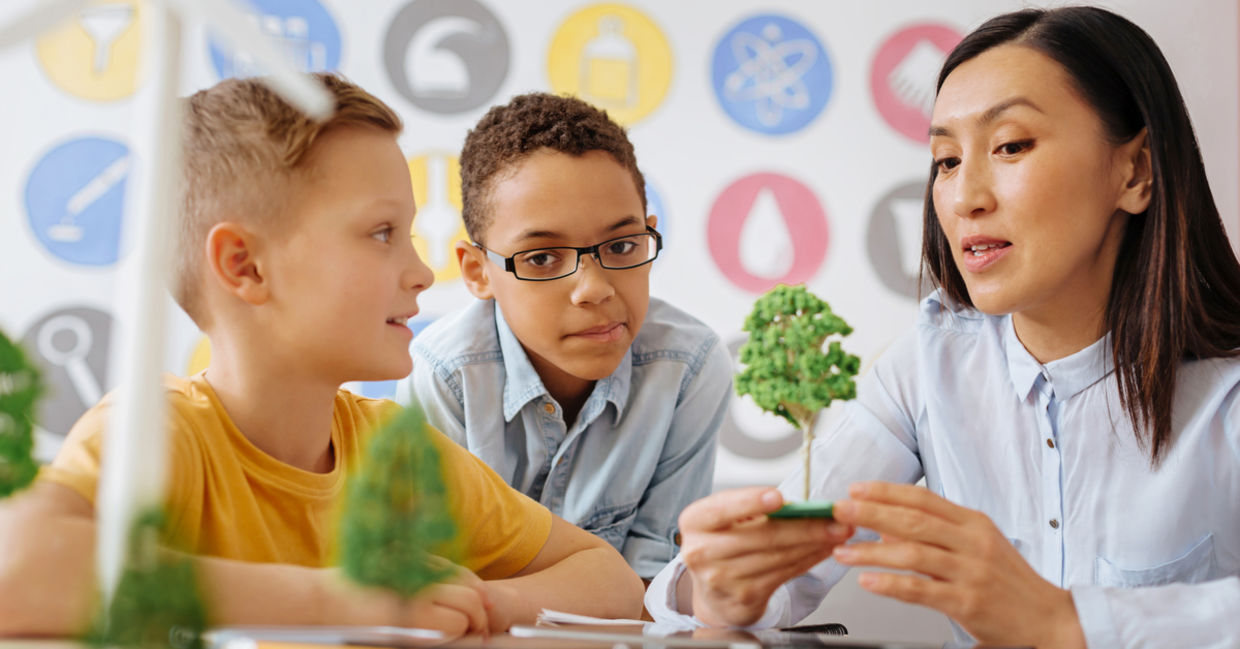
(Rawpixel.com / Shutterstock.com)
Schools are meant to be settings in which students expand their minds, all the while feeling safe, stimulated and nurtured. The reality is sometimes far from the aspiration, as schools are left with the enormous responsibility of adjusting to the needs of today’s young people – with varying levels of success. These five nontraditional schools tackle the task of sculpting learning environments with fresh eyes, shaking up notions of education in a bid to better serve today’s youth.
1. THE SCHOOL WITH NO TEACHERS, BOOKS OR TUITION
WHAT: École 42
WHERE: Paris, France
HOW IT WORKS: The computer programming school is a funded by billionaire Xavier Niel, for student between the ages of 18 and 30. The three-year program is comprised entirely of coding projects, with students working together in teams of two to five. There are no formal teachers, rather École 42 encourages peer-to-peer learning and using the Internet to solve problems.
A BIT MORE: While no formal educational background is required, acceptance is rigorous - some 70,000 people sat the 2014 online qualification test and only 20,000 passed. Of those 20,000, 4,000 people were invited to spend four weeks in Paris working on intensive code challenges, amounting to 100+ hours of work. In the end, only 890 students were admitted to École 42 last year.

(Monkey Business Images / Shutterstock.com)
2. THE SCHOOL WHERE KIDS DECIDE WHAT THEY WANT TO LEARN
WHAT: AltSchool
WHERE: San Francisco and Palo Alto, CA and Brooklyn, New York
HOW IT WORKS: AltSchool doesn’t believe in a one-size-fits-all approach, and instead curates its curriculum in partnership with students and parents. Memorizing times tables is of equal importance to learning how to be a caring and empathetic person, with AltSchool integrating the values of reasoning, creativity, self-awareness, gratitude, communication and empathy into the complete learning experience. From pre-K to 8th grade, there are no more than 25 children in a class with two teachers - to ensure that each student gets enough attention.
A BIT MORE: AltSchool was created by former Google product manager Max Ventilla, who ensures that classrooms are fully equipped with modern technology to assist teachers and better enhance each child’s personalized learning track.

(YAKOBCHUK VIACHESLAV / Shutterstock.com)
3. THE RING-AROUND-A-TREE KINDERGARTEN
WHAT: Fuji Kindergarten
WHERE: Tokyo, Japan
HOW IT WORKS: Fuji Kindergarten was designed by architect Takaharu Tezuka, who wanted to create a space that allowed children to be free. The roof is a giant ring in which kids joyfully run around in circles - expending excess energy and having simple fun. With no formal classroom furniture, the structure was designed to have zero acoustic barriers – making for a noisy and engaging setting.
A BIT MORE: The kids at Fuji Kindergarten love to run around the roof circle, averaging 4,000 meters or 2.5 miles a day. Without even trying, the young students are in great shape and developing strong athletic abilities.

(JenJ_Payless / Shutterstock.com)
4. THE SCHOOL ON A BOAT
WHAT: School at Sea
WHERE: On the high seas departing from the Netherlands to the Caribbean and back.
HOW IT WORKS: This six-month program for students aged 14 – 17 is perfect for teens with a penchant for exploration. School at Sea works in conjunction with the students’ home schools, providing supplementary courses and leadership programs in addition to the students’ regular workload. Students learn the ins and outs of sailing, and visit a variety of countries along the way.
A BIT MORE: At the beginning of the six-month adventure, counselors and staff man the ship. As the six months progress, the students are given control to steer the ship and take over all of the safety and maintenance.
5. THE SCHOOL FOR BUDDING ENTREPRENEURS
WHAT: The DO School
WHERE: Hamburg, Germany
HOW IT WORKS: This one-year program gathers talented young adults (21-31) from across the world to mold them into effective social entrepreneurs. The programs are divided into two phases of 10-week incubation and 10-month implementation. The incubation phase takes place on the DO School campus where students are given a challenge from a company, NGO or government agency in which they have to work together to create a solution. After creating a concrete service, product or campaign, the Fellows return to their home countries to finesse their startups, with support from the DO School Cloud online learning platform.
A BIT MORE: Every fellow accepted onto the One-Year Program receives an automatic scholarship covering the majority of the program costs. This is made possible through the support of the companies and NGOs who gives the hands-on innovation Challenge during the incubation phase.

(Rawpixel.com / Shutterstock.com)







